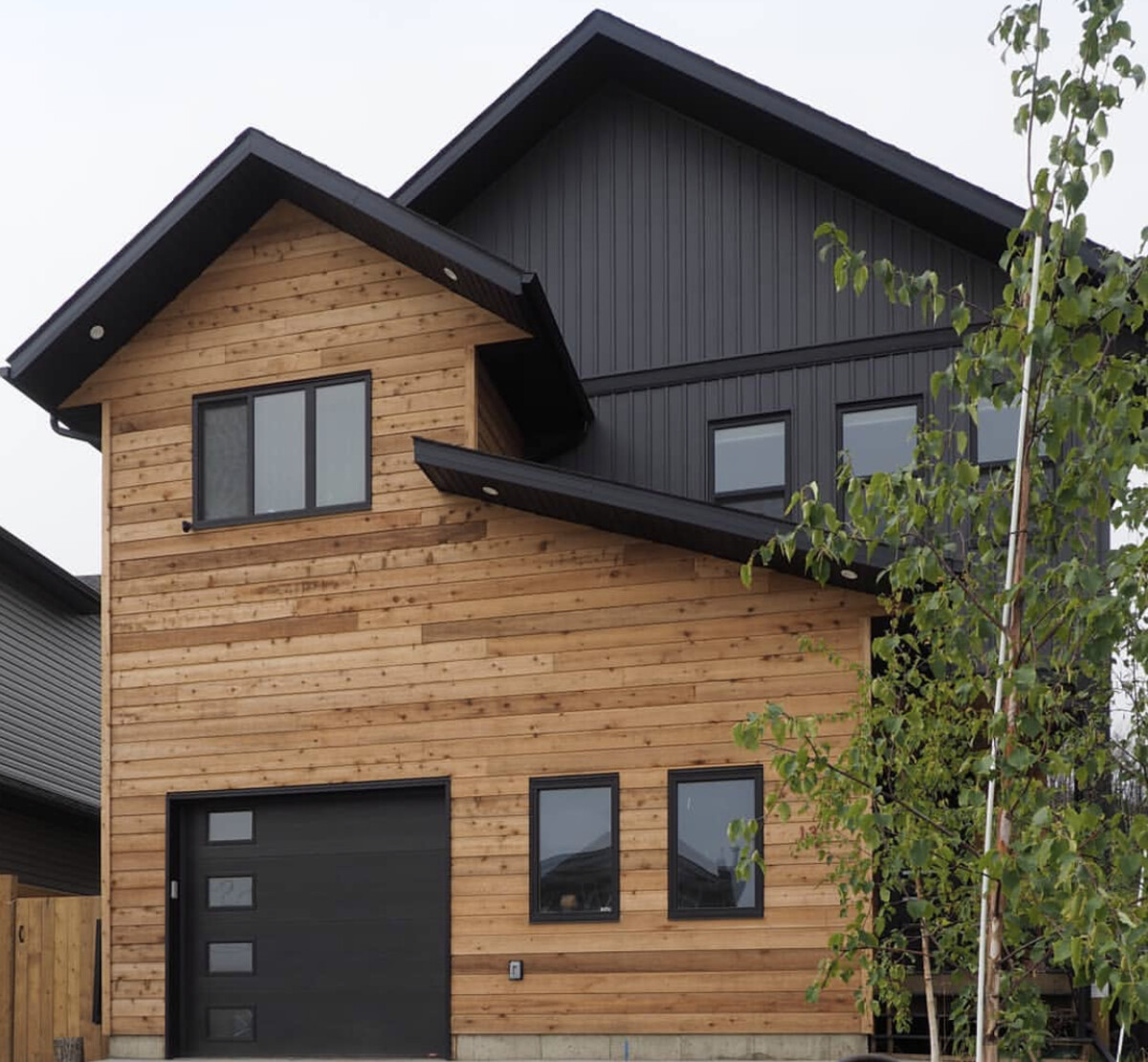

Articles
What Is Shiplap Siding
Modified: January 9, 2024
Discover everything you need to know about shiplap siding in our informative and insightful articles. Transform your home with this timeless and popular design choice.
(Many of the links in this article redirect to a specific reviewed product. Your purchase of these products through affiliate links helps to generate commission for Storables.com, at no extra cost. Learn more)
Introduction
If you’re familiar with home improvement shows or have a keen eye for interior design trends, you may have come across the term “shiplap siding.” Shiplap has gained remarkable popularity in recent years for its rustic charm and versatile applications. Whether you’re renovating a beach cottage or creating a cozy farmhouse aesthetic, shiplap siding can be the perfect addition to elevate your space.
In this article, we will explore the definition, historical background, benefits, popular uses, installation process, maintenance, and cost of shiplap siding. By the end, you’ll have a comprehensive understanding of this trendy design element and be well-equipped to make informed decisions for your own home improvement projects.
So, let’s dive into the fascinating world of shiplap siding and discover how it can transform your living spaces!
Key Takeaways:
- Shiplap siding, with its timeless charm and versatility, offers homeowners a DIY-friendly option to create cozy and visually captivating spaces. From accent walls to fireplace surrounds, the possibilities are endless for adding character to any room.
- Embracing the charm of shiplap siding can potentially increase the value of your property while providing a durable and low-maintenance design element. Its historical significance and modern appeal make it a sought-after choice for interior design projects.
Read more: How To Install Exterior Shiplap Siding
Definition of Shiplap Siding
Shiplap siding is a type of wooden wall covering characterized by long, horizontally overlapping boards. The name “shiplap” stems from its historical use in shipbuilding, where the overlapping design was employed to create watertight joints. The boards used in shiplap siding typically have a distinctive groove or rabbet cut into the top and bottom edges, allowing them to fit seamlessly together.
Traditionally, shiplap siding was made from pine or cedar, but today, you can find variations made from other materials such as engineered wood or vinyl. The appeal of shiplap siding lies in its simplicity and timeless aesthetic. It adds depth and texture to a wall, resulting in a visually pleasing and cozy atmosphere.
Shiplap siding lends itself well to both interior and exterior applications. It can be applied to entire walls, used as an accent feature, or even incorporated into furniture and decor. The versatility of shiplap makes it a popular choice among homeowners and interior designers looking to infuse a touch of warmth and character into their spaces.
While traditionally associated with rustic or farmhouse-style interiors, shiplap siding has transcended design boundaries and can now be found in a wide range of architectural styles. From coastal cottages to contemporary urban lofts, shiplap siding has become a go-to material for creating a cozy, chic ambiance.
With its clean lines and understated elegance, shiplap siding has become a hallmark of modern interior design. Its popularity has skyrocketed in recent years, thanks in part to the influence of home improvement shows and the rise of social media platforms such as Pinterest and Instagram, where beautifully crafted shiplap walls have become a visual staple.
Now that we have a clear understanding of what shiplap siding is and its significance in the world of interior design, let’s explore its historical background and how it has evolved over time.
Historical Background
The origin of shiplap siding can be traced back to the 17th century in Western Europe, primarily in regions such as Scandinavia and the Netherlands. The technique of overlapping wooden boards to create a watertight seal was widely used in shipbuilding during this time.
Shiplap siding gained prominence as a building material for homes and other structures in the 19th century in North America. The availability of wood and the ease of installation made shiplap siding a desirable choice for many builders and homeowners.
During this period, shiplap siding was used primarily for exterior applications, serving as a protective barrier against the elements. It provided excellent weather resistance and durability, making it a reliable choice for homes in various climate conditions.
In addition to its functional benefits, the aesthetic appeal of shiplap siding became increasingly recognized. The clean lines and overlapping pattern added visual interest to exteriors, giving buildings a sense of timeless elegance.
Over time, the use of shiplap siding expanded to interior applications, particularly in rural areas and coastal regions. Its ability to insulate and provide structural stability made it a popular choice for barns, cottages, and other agricultural buildings.
In the early 2000s, the revival of farmhouse-style design and the popularity of modern rustic aesthetics brought shiplap siding back into the spotlight. Designers and homeowners embraced the charm and versatility of shiplap, incorporating it into interior spaces to create a warm and inviting environment.
Today, shiplap siding continues to evolve and adapt to modern design trends. While it still maintains its traditional appeal, new materials and finishes have allowed for more diverse applications. Shiplap siding can be found in a variety of architectural styles, from traditional to contemporary, making it a versatile choice for any interior or exterior design project.
Now that we understand the historical background of shiplap siding, let’s explore the numerous benefits it offers for homeowners and designers alike.
Benefits of Shiplap Siding
Shiplap siding offers several benefits that contribute to its popularity in the world of interior design and home improvement. Let’s explore some of the key advantages of incorporating shiplap siding into your space:
1. Timeless Charm: Shiplap siding exudes a timeless charm that can complement a variety of design styles, from rustic farmhouse to modern coastal. Its clean lines and classic appeal create a warm and inviting atmosphere in any space.
2. Visual Interest: The overlapping pattern of shiplap siding adds depth and texture to walls, making them visually interesting and captivating. It can enhance the overall aesthetics of a room by creating a focal point or an accent wall.
3. Versatility: Shiplap siding is a versatile design element that can be used in various ways. It can cover entire walls, adorn ceilings, wrap around kitchen islands, or even be used as a background for shelving or artwork. The possibilities are endless, allowing for creativity and customization in design.
4. Easy Installation: Installing shiplap siding is relatively straightforward, making it a DIY-friendly option for homeowners. The tongue and groove design of shiplap boards allows for easy interlocking, making the installation process efficient and hassle-free.
5. Lightweight and Durable: Shiplap siding is lightweight yet durable, making it suitable for both interior and exterior applications. It can withstand the test of time, providing long-lasting beauty and functionality.
6. Enhanced Insulation: Shiplap siding can contribute to improved insulation in a space. The overlapping design helps create a barrier against air leaks and can help regulate interior temperature, reducing energy consumption and costs.
7. Easy Maintenance: Shiplap siding is relatively low maintenance, requiring periodic cleaning and occasional touch-ups to maintain its appearance. It can resist stains and is less prone to damage compared to other wall coverings, making it a practical choice for busy households.
8. Potential Property Value Increase: The addition of shiplap siding can potentially increase the value of your property. Its popularity and timeless appeal can make your space more desirable to buyers if you ever decide to sell.
With its charm, versatility, and practical benefits, shiplap siding has become a favored choice for homeowners and designers alike. Now let’s look at some of the popular uses of shiplap siding in interior design.
Popular Uses of Shiplap Siding
Shiplap siding has gained immense popularity in recent years due to its versatility and ability to add character to any space. Here are some of the popular and creative uses of shiplap siding in interior design:
1. Accent walls: One of the most common uses of shiplap siding is as an accent wall. Installing shiplap on a single wall can instantly create a focal point in a room, adding texture and visual interest. This works particularly well in living rooms, bedrooms, or dining areas.
2. Fireplace Surrounds: Shiplap siding makes for an excellent choice for fireplace surrounds. Its rustic charm enhances the cozy ambiance of a fireplace and creates a beautiful backdrop for family gatherings or quiet evenings at home.
3. Ceilings: Shiplap siding isn’t limited to just walls; it can also be used to cover ceilings. This application adds a unique touch to a room, creating a sense of warmth and visual continuity. It works especially well in spaces with high ceilings, where the added texture helps to visually lower the height.
4. Kitchen Backsplash: Shiplap siding can be used as an alternative to traditional tile backsplashes in kitchens. It adds a touch of rustic elegance, creating a focal point behind the stove or sink. This can be particularly effective in farmhouse-style kitchens, creating a cozy and inviting atmosphere.
5. Bathroom Walls: Shiplap can transform a bathroom into a serene and spa-like retreat. It adds texture and depth to the walls, creating a relaxing atmosphere. When paired with light-colored tiles and fixtures, shiplap can make a small bathroom appear more spacious and airy.
6. Children’s Rooms: Shiplap siding can be a charming addition to children’s rooms. It adds a playful yet sophisticated touch, creating a cozy and inviting environment. Whether used as an accent wall or encompassing the entire room, shiplap can elevate the design of a nursery or playroom.
7. Open Shelving and Built-Ins: Shiplap siding can be used as a backing for open shelves or built-in units. It provides a beautiful backdrop for displaying books, decor items, or kitchen essentials. The combination of shiplap and exposed shelving creates a sense of openness and adds character to the space.
These are just a few of the many ways shiplap siding can be used in interior design. Its versatility and aesthetic appeal make it a sought-after choice in creating a cozy and inviting atmosphere in any room.
Now that we’re familiar with some of the popular uses, let’s move on to understanding the installation process of shiplap siding.
When installing shiplap siding, make sure to leave a small gap between each board to allow for expansion and contraction due to changes in temperature and humidity. This will help prevent warping and buckling over time.
Read more: What Is Shiplap In Construction
Installation Process
The installation process for shiplap siding is relatively straightforward, making it a popular choice for DIY enthusiasts. Here’s a step-by-step guide to help you understand the process:
1. Prepare the Surface: Ensure that the surface where the shiplap siding will be installed is clean, dry, and free from any debris. If needed, remove any existing wall coverings or repair any damaged areas.
2. Measure and Calculate: Measure the height and width of the walls you plan to cover with shiplap siding. Calculate the square footage to determine the amount of material you will need. It’s always a good idea to add a little extra to account for any cuts or mistakes.
3. Select the Material: Choose the type of shiplap siding material you prefer, such as natural wood, engineered wood, or vinyl. Consider factors like durability, maintenance requirements, and the desired aesthetic.
4. Plan the Layout: Decide on the layout of your shiplap siding. You can choose to install it vertically or horizontally, depending on your design preference. Consider the scale of the room and the desired aesthetic when making this decision.
5. Cut the Boards: Using a saw, cut the shiplap boards to the desired length. Ensure that each board has the appropriate rabbet or groove on one edge and a flush edge on the other.
6. Start Installing: Begin at the bottom of the wall and work your way up. Apply construction adhesive or use a nail gun to attach the first row of shiplap boards to the wall. Ensure that they are level and securely fastened.
7. Interlock and Nail: Place the next row of shiplap boards on top of the first row, aligning the grooves with the tongues. Use a rubber mallet to gently tap the boards together, creating a tight and seamless fit. Secure the boards in place with nails or a nail gun, ensuring they are driven into the studs.
8. Continue the Process: Repeat the interlocking and nailing process until you have covered the entire wall. Remember to leave a small gap between each board for expansion and contraction.
9. Trim and Finish: Once all the shiplap siding is installed, trim any excess or uneven edges using a saw or a trim carpentry tool. Sand any rough areas and fill any nail holes with wood filler. Finish the shiplap siding with paint, stain, or a clear protective coating to achieve the desired look.
It’s important to note that if you’re not confident in your DIY skills, it’s always best to consult a professional for installation assistance. They have the experience and knowledge to ensure a precise and seamless installation of shiplap siding.
Now that we know how to install shiplap siding, let’s delve into the maintenance and care required to keep it looking its best.
Maintenance and Care
Maintaining and caring for shiplap siding is relatively easy, making it a practical choice for homeowners. Here are some essential tips to keep your shiplap siding looking beautiful and in optimal condition:
1. Regular Cleaning: Dust and maintain the cleanliness of your shiplap siding regularly. Use a soft cloth or duster to remove surface dust or debris. For deeper cleaning, you can use a mild soap solution and a soft brush to gently scrub the surface.
2. Avoid Water Damage: Shiplap siding is resistant to moisture, but excessive exposure to water can still lead to damage and decay. Be cautious of any water sources near the shiplap siding, such as leaking pipes or high humidity areas, and address any issues promptly to prevent water damage.
3. Inspect for Damage: Regularly inspect your shiplap siding for any signs of damage, such as cracks, rot, or peeling paint. If you notice any issues, take immediate action to repair or replace the damaged boards to maintain the integrity of the siding.
4. Protect from Sunlight: Prolonged exposure to direct sunlight can cause fading and drying of the shiplap siding. Consider using window treatments or shades to minimize direct sunlight on the walls and protect the siding from excessive UV radiation.
5. Address Pest Issues: While shiplap siding is not particularly prone to pest infestation, it’s still important to promptly address any signs of pests, such as termites or ants. Consult with a pest control professional if you suspect an infestation and take appropriate measures to protect your shiplap siding.
6. Touch-ups and Refinishing: Over time, the paint or finish on your shiplap siding may show signs of wear and tear. When needed, touch up any chipped or peeling paint with matching colors. Consider refinishing the entire surface if the existing finish becomes worn out or faded.
7. Protective Coating: Applying a protective coating, such as a clear sealant or polyurethane, can further enhance the durability and longevity of your shiplap siding. The protective coating will shield the wood from moisture, UV rays, and other environmental factors.
8. Follow Manufacturer’s Guidelines: If you have chosen engineered wood or vinyl shiplap siding, follow the manufacturer’s recommendations for maintenance and care. These materials may have specific requirements or guidelines to ensure their longevity and performance.
By following these maintenance tips, you can enjoy the beauty and durability of your shiplap siding for years to come.
Now, let’s move on to discussing the cost and durability of shiplap siding.
Cost and Durability
The cost and durability of shiplap siding can vary depending on various factors such as the material, quality, and installation method. Let’s explore these aspects to provide a better understanding:
1. Material and Quality: The cost of shiplap siding will largely depend on the material chosen. Natural wood, such as pine or cedar, tends to be more expensive compared to engineered wood or vinyl options. Higher quality materials will also come with a higher price tag. It’s important to consider the longevity and durability of the chosen material when evaluating the overall cost.
2. Installation Method: The cost of shiplap siding installation can vary depending on whether you opt for professional installation or decide to tackle it as a DIY project. Hiring professionals will incur additional labor costs, whereas DIY installation may save you money but will require your time and effort.
3. Maintenance and Repairs: While shiplap siding itself is generally durable, it may require periodic maintenance and occasional repairs. The cost of maintenance tasks, such as cleaning, painting, or refinishing, should be factored into the overall cost of owning shiplap siding.
4. Durability: Shiplap siding, when properly installed and maintained, can last for many years. Natural wood options, such as cedar, are known for their durability and ability to withstand the elements. Engineered wood or vinyl options may offer even greater resistance to rotting, warping, and insect damage. Opting for high-quality materials and proper installation will enhance the overall durability of shiplap siding.
5. Long-Term Investment: While the upfront cost of shiplap siding may be higher compared to other wall coverings, it can be seen as a long-term investment in the aesthetics and value of your home. Shiplap siding’s timeless appeal and durability can potentially increase the resale value of your property.
6. Comparative Costs: When comparing shiplap siding to other wall covering options like wallpaper, paint, or tile, it’s essential to consider the longevity and impact on the overall design. Shiplap siding provides a distinct character and texture that can be difficult to achieve with other materials.
It’s best to consider your budget, design preferences, and long-term goals when evaluating the cost and durability of shiplap siding. Consulting with professionals or obtaining multiple quotes from suppliers and installers can help you make an informed decision based on your specific needs.
Now that we’ve examined the cost and durability of shiplap siding, let’s summarize the significance of this design element in home improvement and interior design.
Conclusion
Shiplap siding has emerged as a popular and versatile design element that adds charm and character to any space. Its history in shipbuilding and its ability to create a timeless aesthetic have made it a sought-after choice in interior design and home improvement projects.
From accent walls to fireplace surrounds, shiplap siding offers endless possibilities for enhancing the visual appeal of a room. Its clean lines, texture, and ability to create a cozy ambiance make it a favorite among homeowners and designers alike.
The installation process for shiplap siding is relatively straightforward, allowing for DIY projects and creative freedom. However, consulting with professionals is always an option for those seeking expert advice or assistance.
Shiplap siding requires regular maintenance and care to ensure its longevity and beauty. With proper cleaning, protection from moisture and sunlight, as well as occasional touch-ups, shiplap siding can continue to enhance your space for years to come.
The cost of shiplap siding may vary depending on factors such as material, quality, and installation method. It is essential to consider both the upfront cost and long-term investment potential when evaluating the overall value of shiplap siding.
In conclusion, shiplap siding offers a versatile, visually appealing, and timeless solution to elevate your living spaces. Whether you’re creating a farmhouse-style retreat or adding a touch of warmth to a contemporary interior, shiplap siding can be the perfect design element to transform your home.
So, embrace the charm of shiplap siding and embark on a journey to create a cozy, inviting, and visually stunning atmosphere in your living spaces!
Frequently Asked Questions about What Is Shiplap Siding
Was this page helpful?
At Storables.com, we guarantee accurate and reliable information. Our content, validated by Expert Board Contributors, is crafted following stringent Editorial Policies. We're committed to providing you with well-researched, expert-backed insights for all your informational needs.
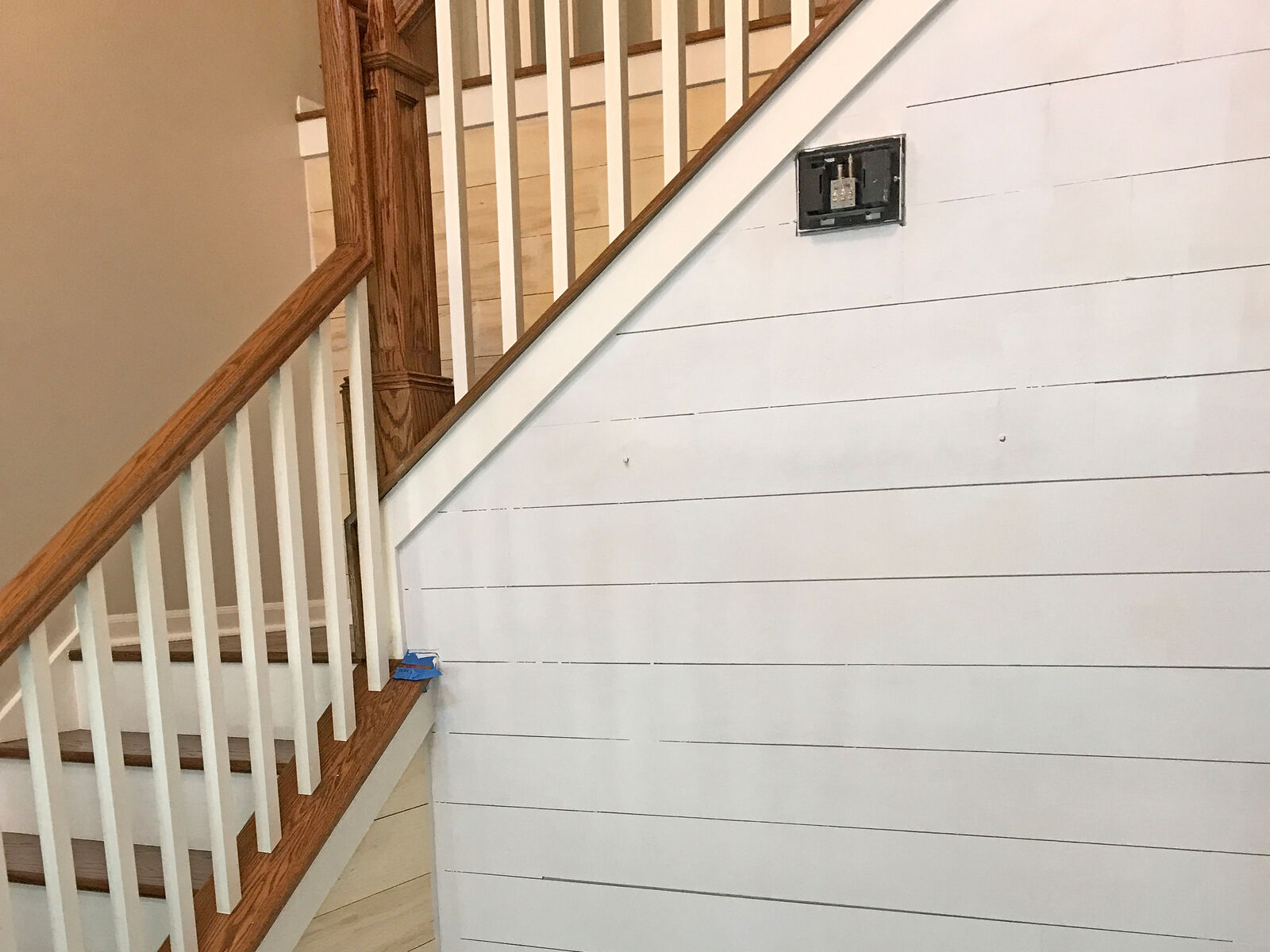
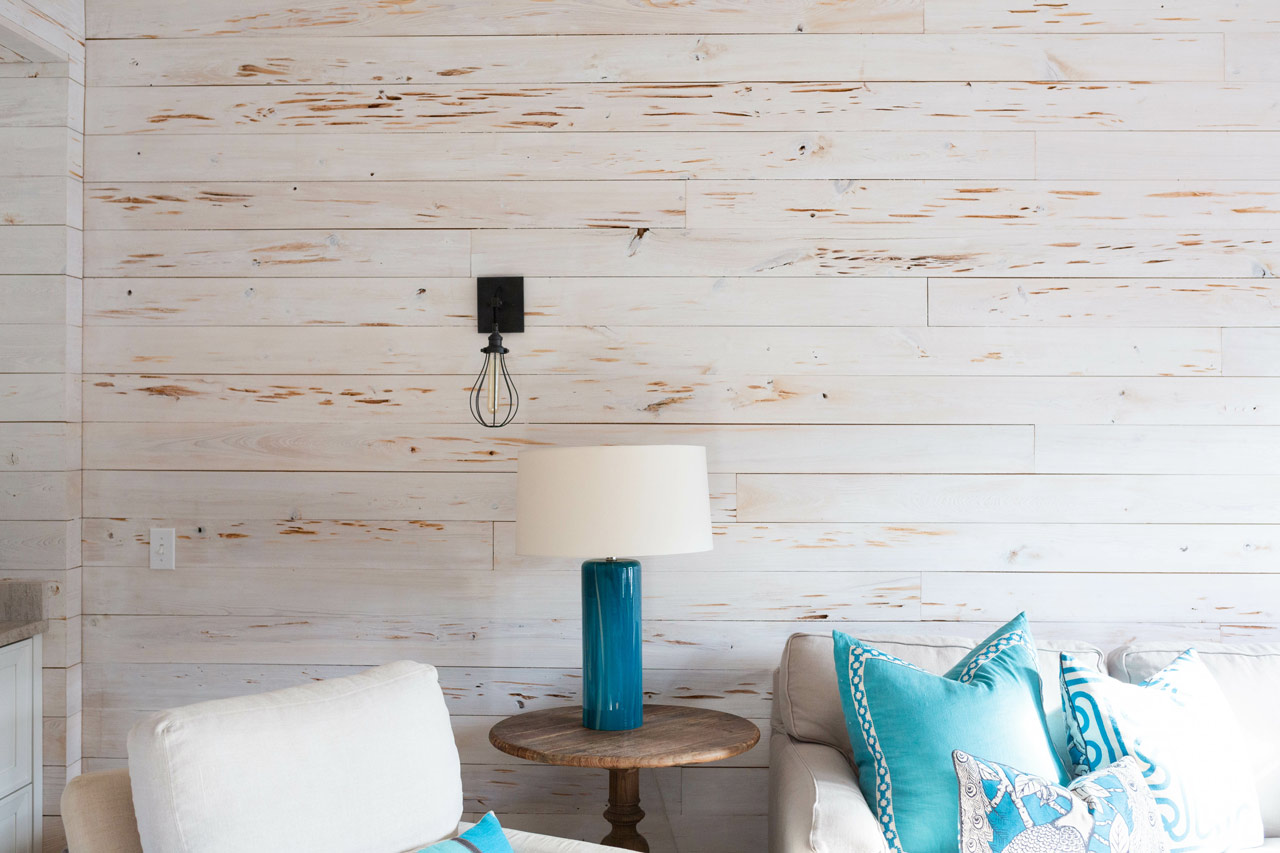
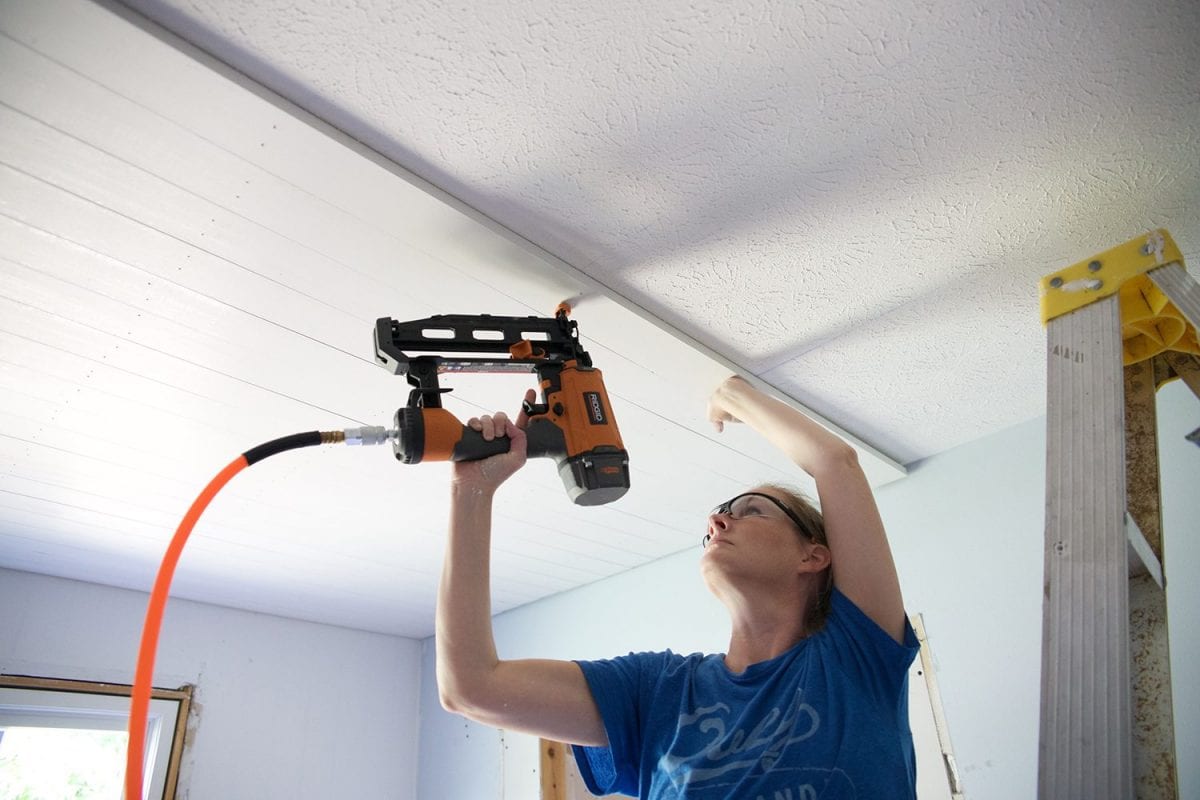
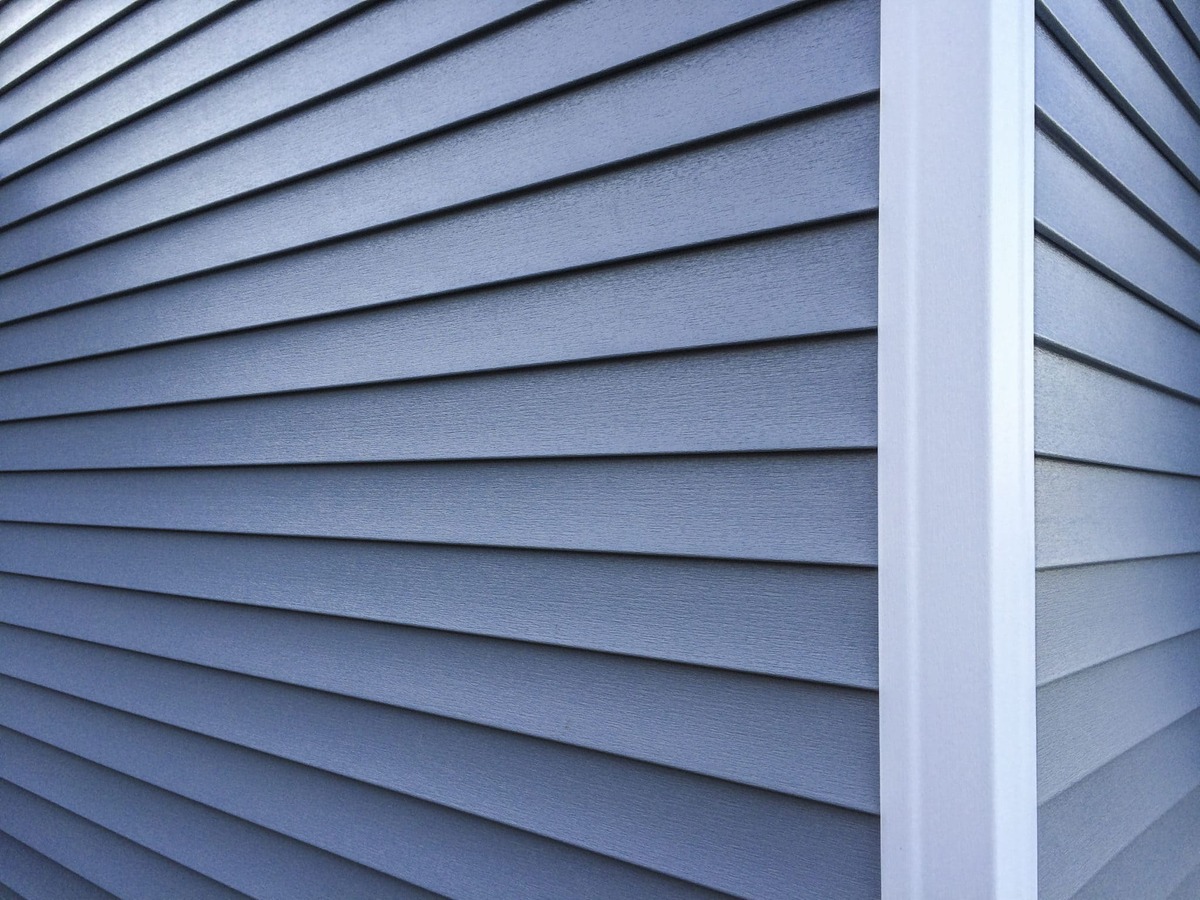
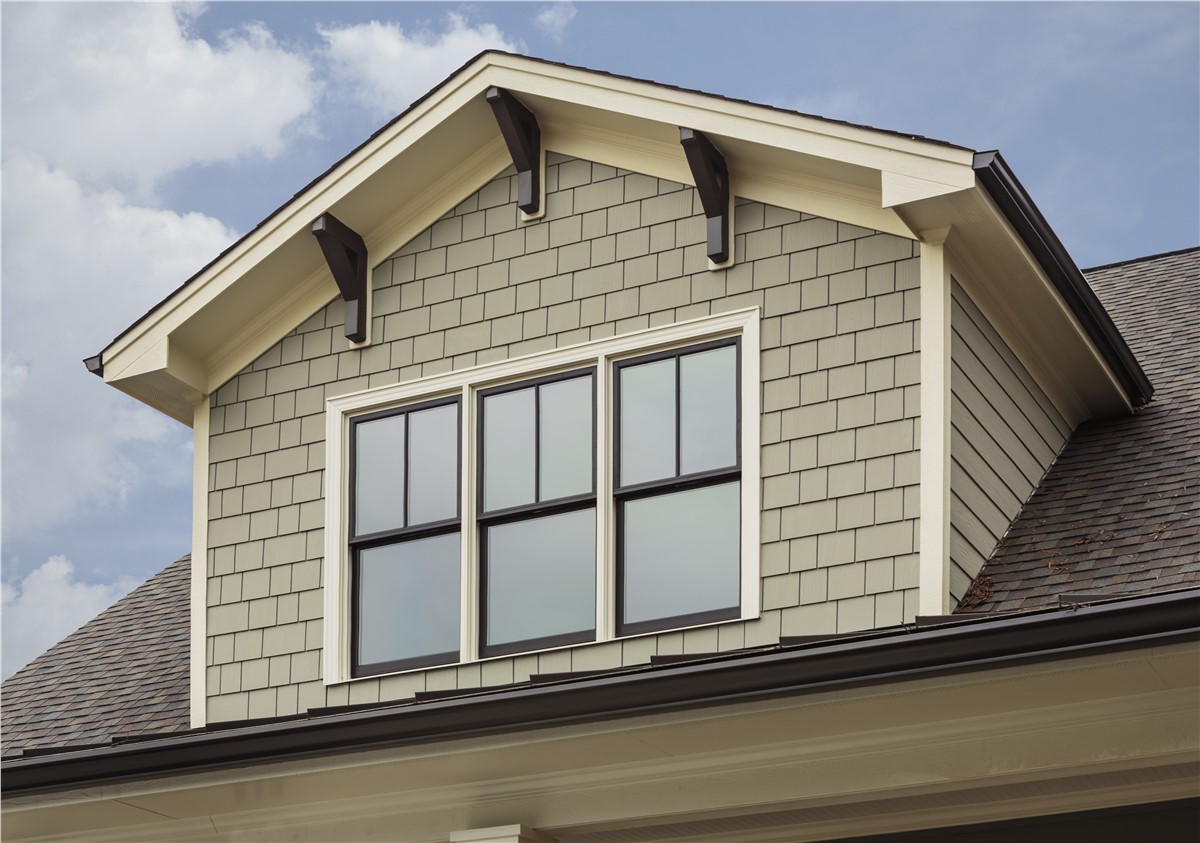
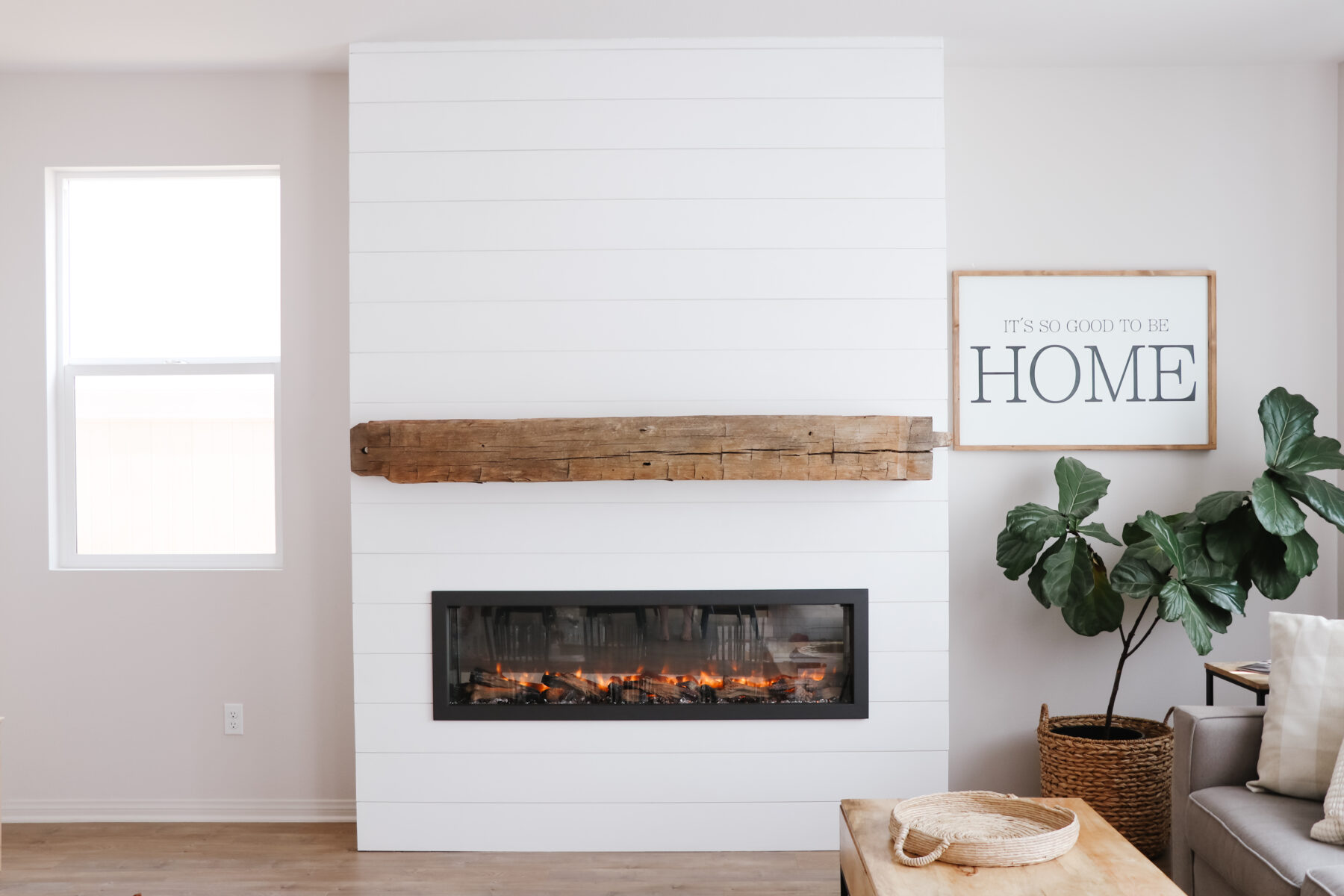
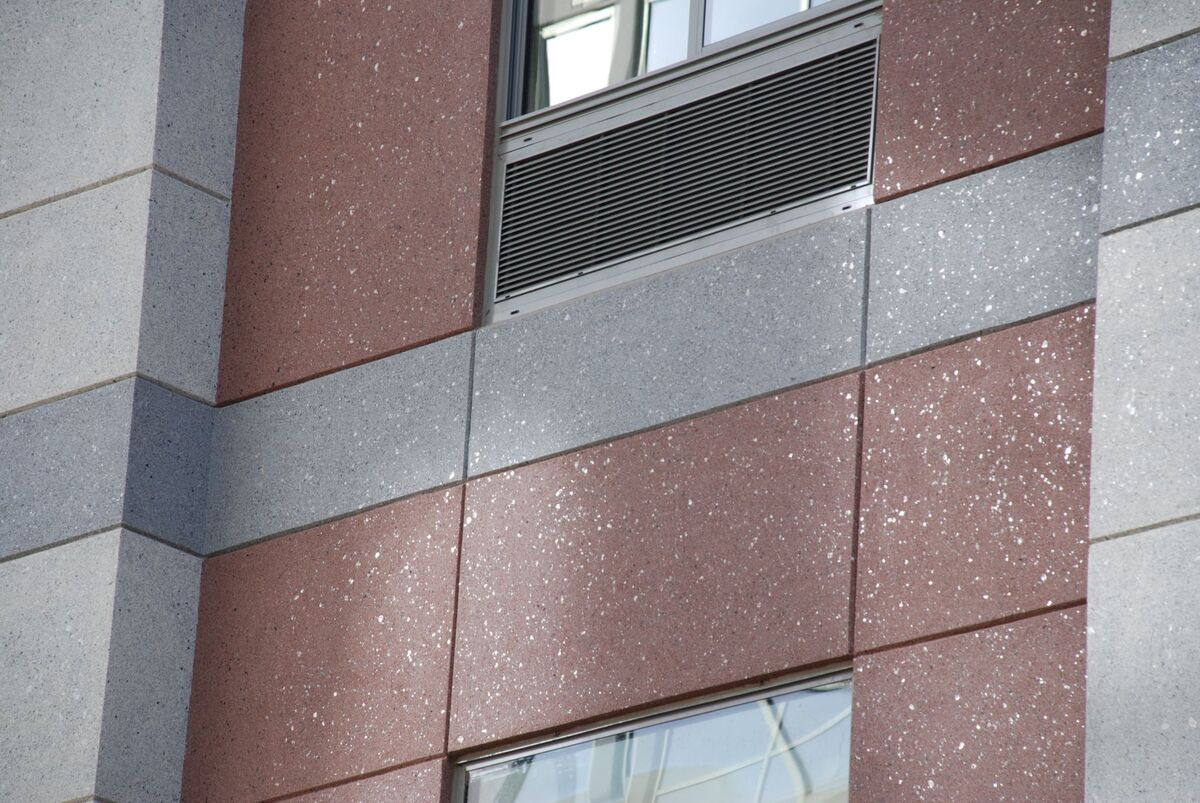
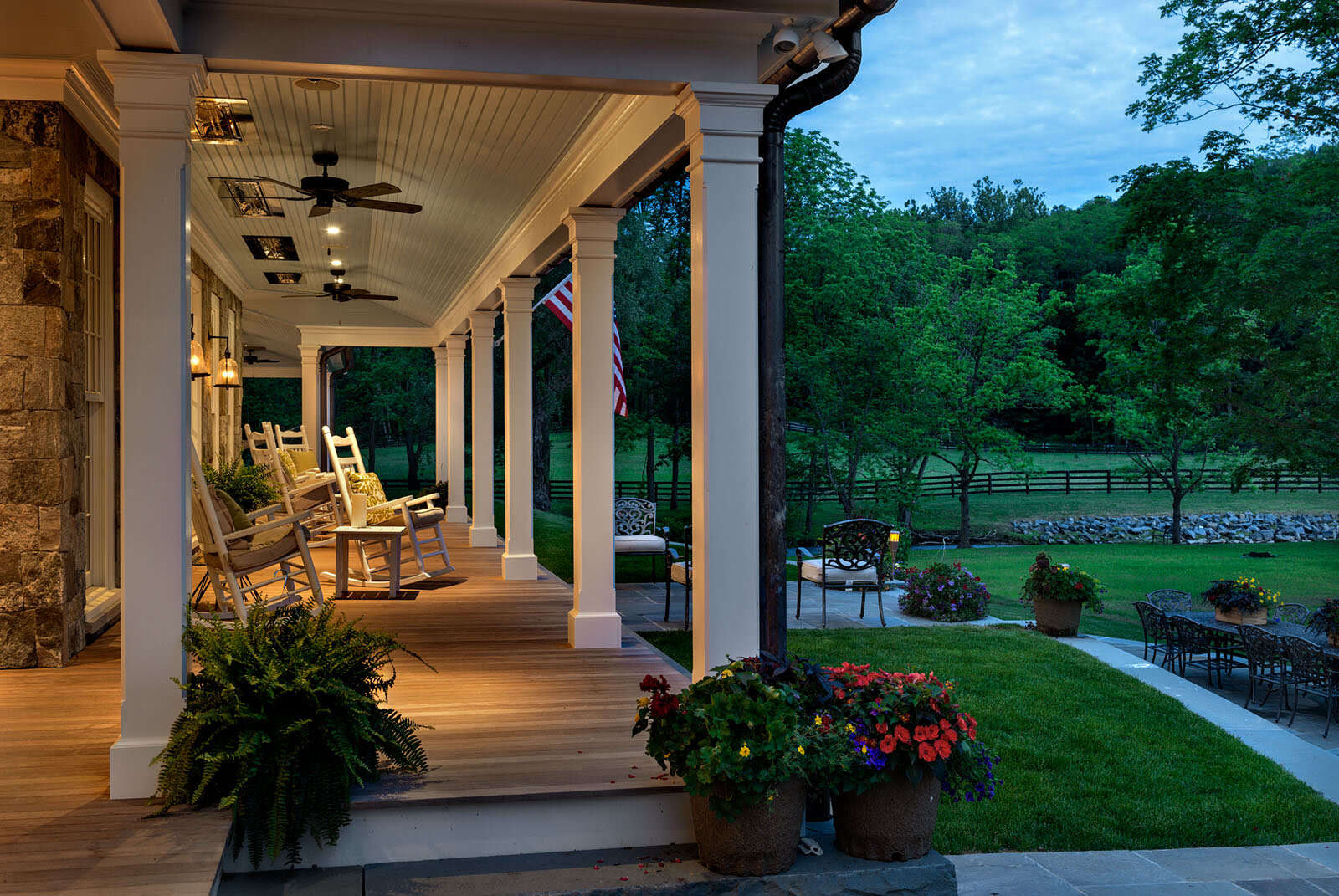
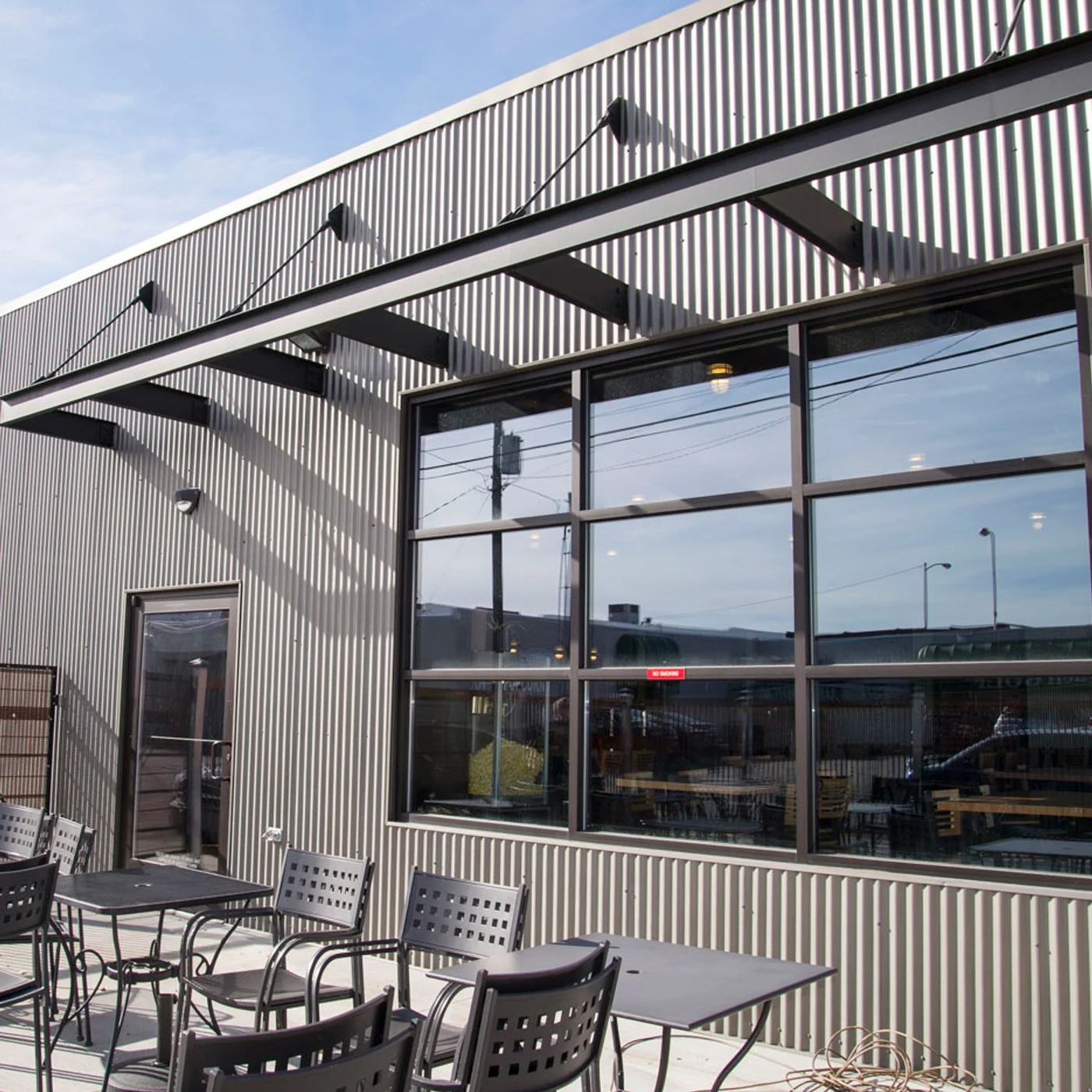
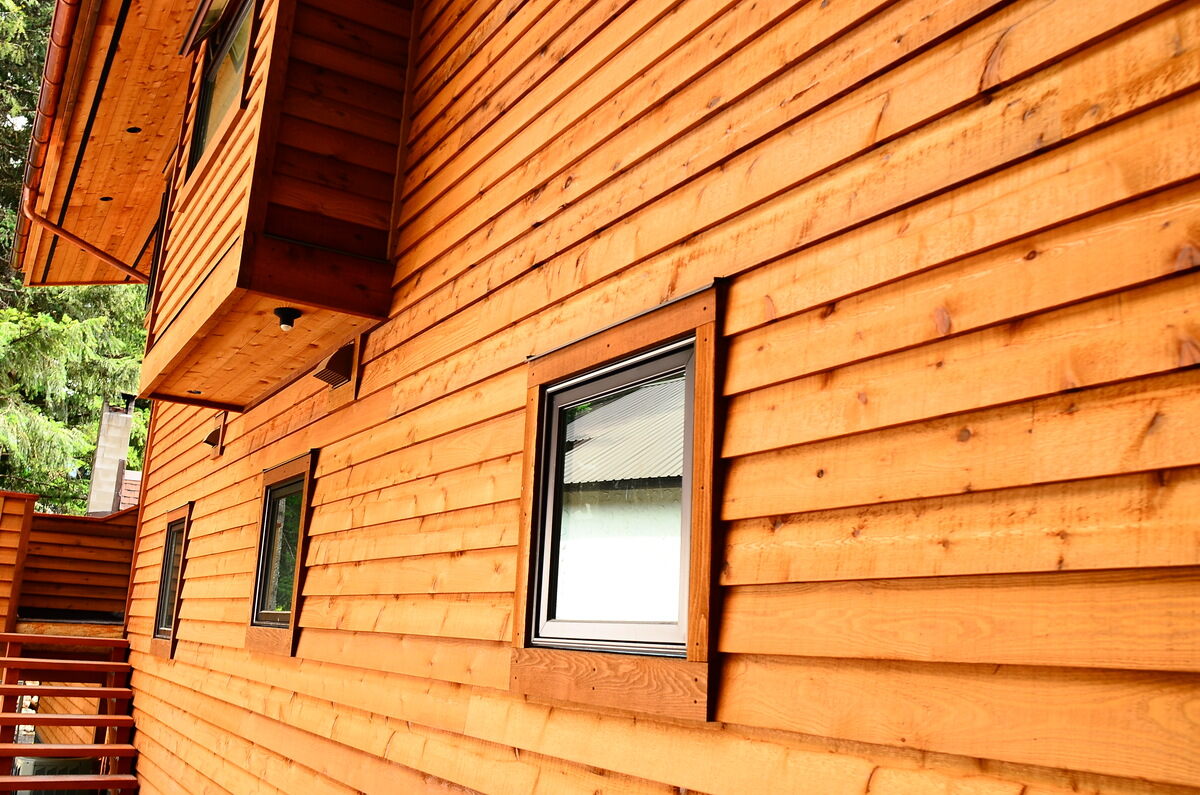
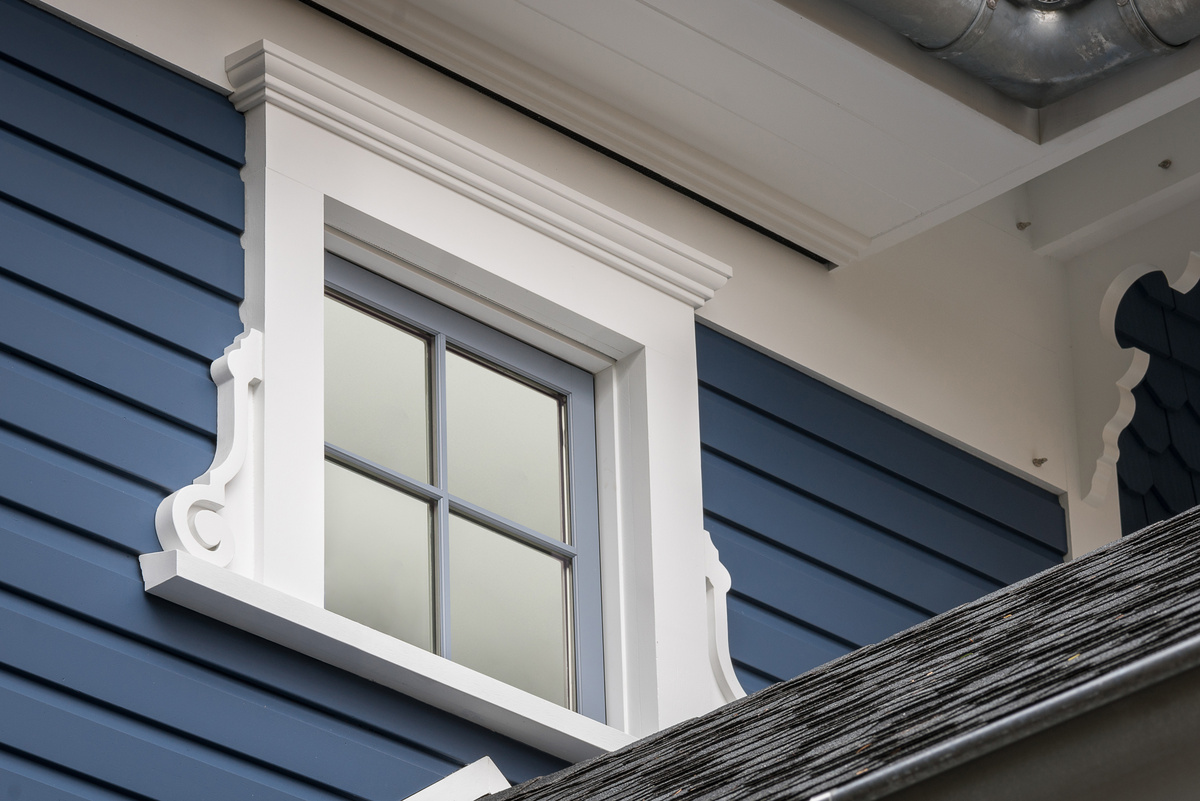
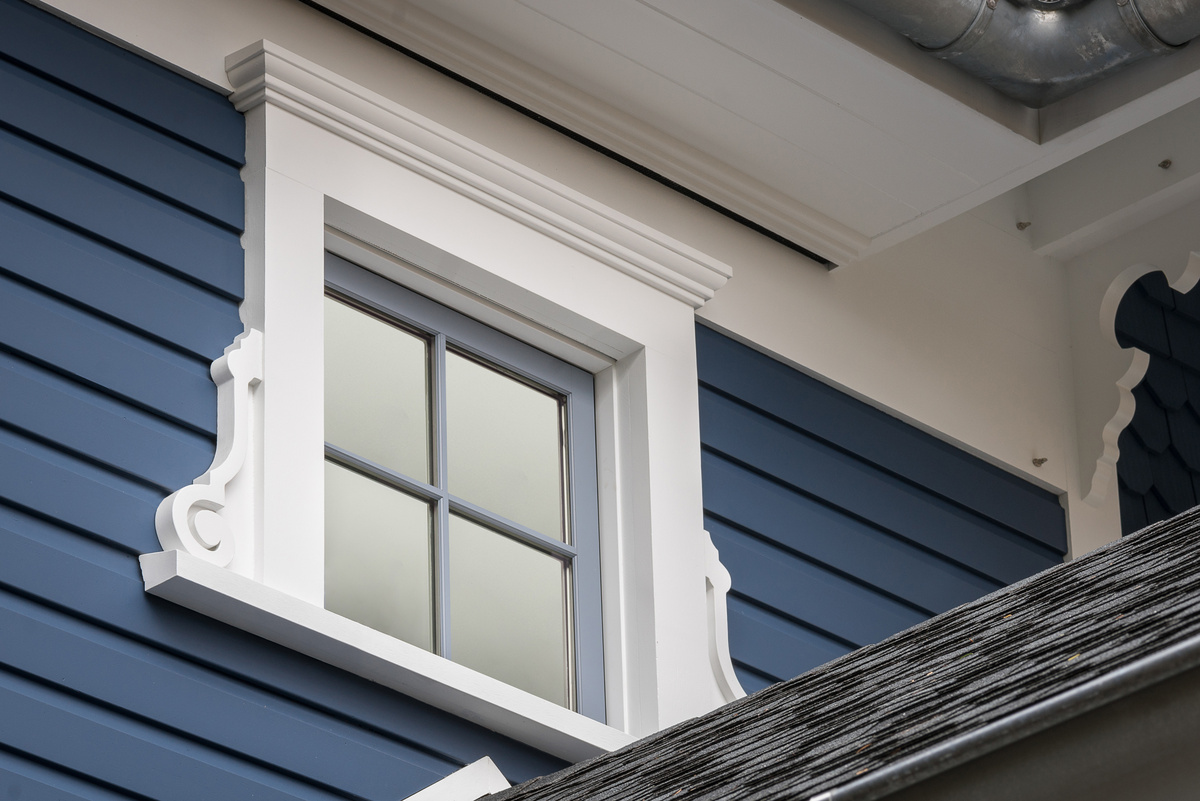
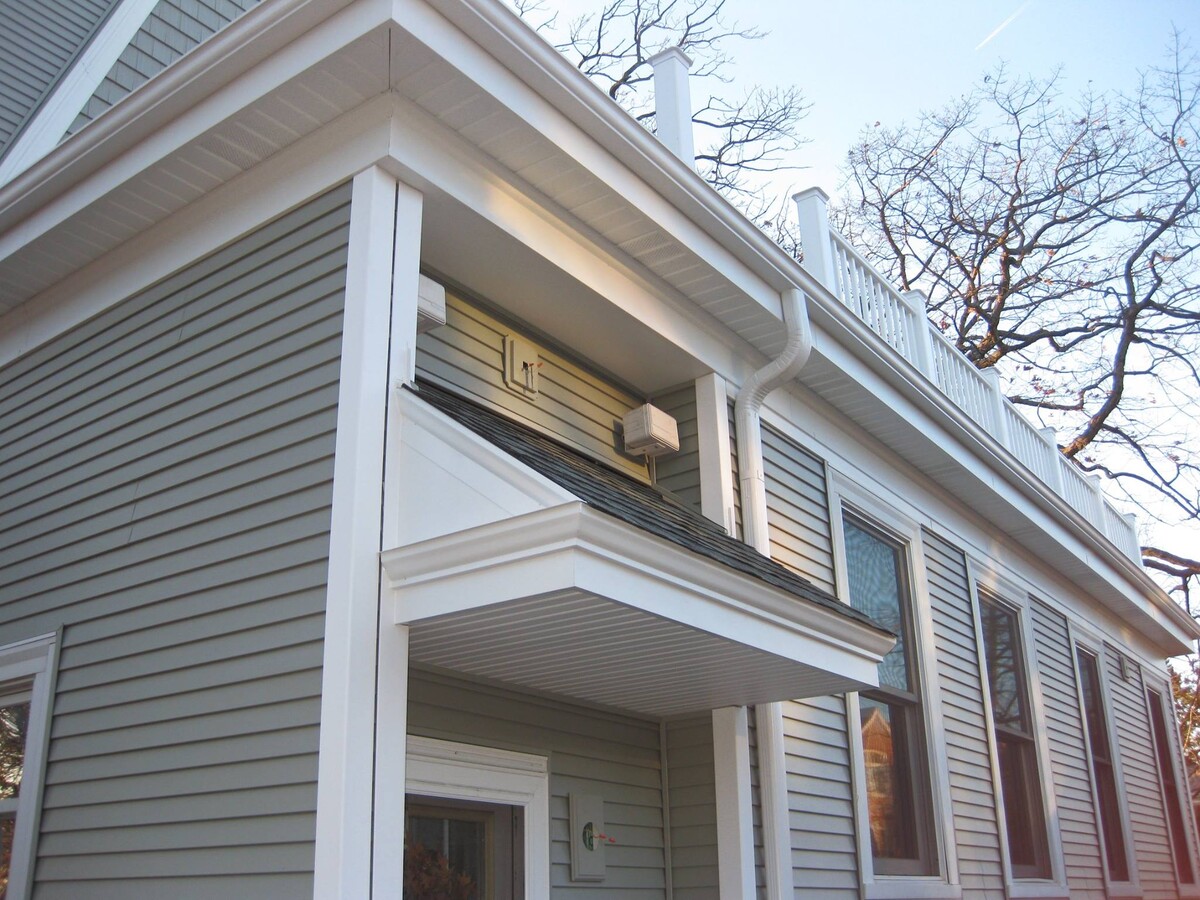
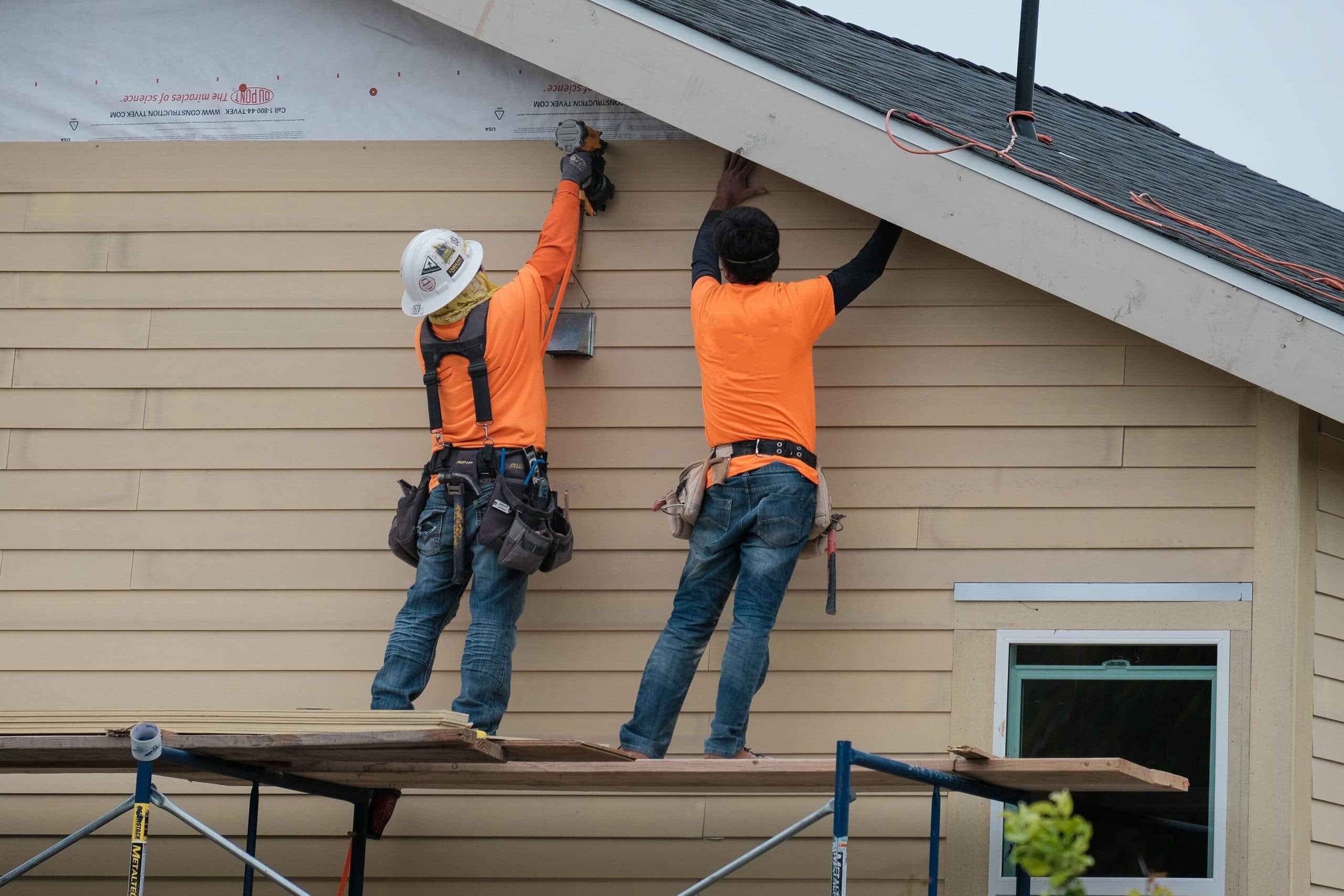

0 thoughts on “What Is Shiplap Siding”